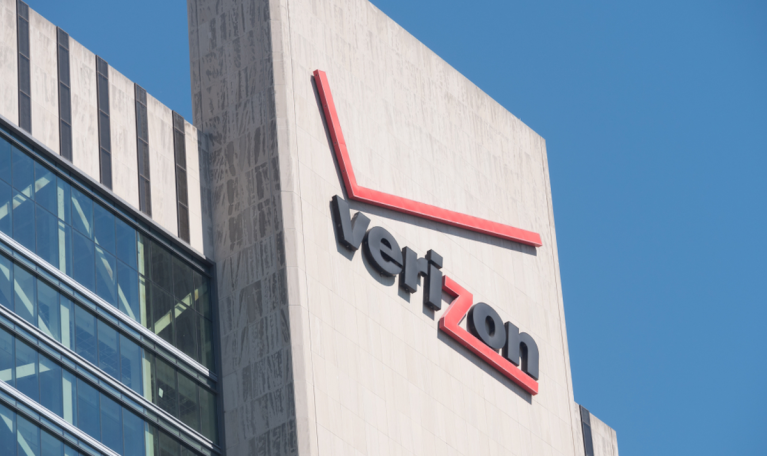
The future of connectivity is the future of commerce, as well as payments and financial services.
And with the Thursday (Sept. 5) news that Verizon has entered into a definitive agreement to acquire Frontier,the largest pure-play fiber internet provider in the U.S., in an all-cash transaction valued at $20 billion, the future of connectivity — and therefore the connected economy — looks bright.
With the rise of 5G and even 6G, the increasing reliance on fiber optics and the ongoing shift to digital-first lifestyles, this acquisition speaks volumes about the future of connectivity and the strategic maneuvers large corporations are making to position themselves in a rapidly evolving landscape.
“Less than four years ago, we set out an ambitious plan to build … the digital infrastructure this country needs to thrive for generations to come,” Frontier President and CEO Nick Jeffery said in a press release announcing the acquisition. “Today’s announcement is recognition of our progress building a best-in-class fiber network and delivering reliable, high-speed broadband to millions of customers across the country.”
As industries digitize, from manufacturing to logistics and agriculture, reliable high-speed connectivity is becoming a competitive necessity. Fiber and 5G are the cornerstones of the next wave of digital transformation, and by acquiring Frontier, Verizon has secured a key piece of the infrastructure puzzle.
“Connectivity is essential in nearly every part of our lives and work,” Verizon Chairman and CEO Hans Vestberg said in the release.
The deal aims to bring together Frontier’s pure-play fiber business and Verizon’s fiber and wireless networks to expand the telecom giant’s footprint across the market. Per the announcement, Verizon’s fiber network largely covers regions in the Northeast and mid-Atlantic, while Frontier’s own coverage connects users in areas across the Mid-West, as well as Texas and California.
Read more: Why the Connected Economy Isn’t
New data from PYMNTS Intelligence finds that consumers in the U.S. engage in an average of 14 different digital activities each month: paying bills online, conducting telehealth visits, streaming music and videos, and shopping and paying for groceries and retail products using digital payments and apps.
In an earlier interview with PYMNTS, Frank Boulben, senior vice president and chief revenue officer of Verizon Consumer Group, said, “Verizon is reintroducing itself, leveraging its longstanding reputation as a trusted network provider and highlighting its pivotal role in enabling how people live, work and play … We’ve established a foundation of reliability over two decades, and now we’re illuminating the transformative potential of our network.”
But as PYMNTS’ Karen Webster wrote this summer, “too much of the digital transformation to this point is digital — but not exactly transformational.”
In essence, while companies are making their operations digital — moving from analog to digital systems, implementing cloud services and adopting digital tools — many of these efforts fail to fundamentally transform how businesses operate or drive new value. In essence, many organizations are embracing digital tools without fully realizing their potential to drive innovation, disrupt markets or reshape business models.
Webster covered on Tuesday (Sept. 3) how, as digital becomes the DNA of business, success won’t be measured by the products a business makes or sells, but how well they create and monetize ecosystems that connect activities across traditional industry sectors. “As I have written many times, payments is the cornerstone for this digital transformation,” she wrote.
See also: Nine Things Payments Execs Need to Know for Their 2025 Business Plans
At its core, digital transformation should represent a fundamental rethinking of how businesses use technology to meet customer needs, improve efficiency and drive new value. However, in many cases, businesses are simply digitizing existing processes, often automating them or moving them online, but not reimagining how they operate in a truly innovative way.
“The Industrial 4.0 revolution was based on digitization, and it’s starting to mature now,” Prateek Kathpal, president and CEO of SymphonyAI Industrial, told PYMNTS in an interview posted Dec. 1.
Automating a broken or inefficient process can give the illusion of progress, but it doesn’t address the underlying need for redesigning those workflows to be more adaptable, data-driven, or customer-focused.
“Businesses are realizing that there is a cost to some of the legacy things that they’re doing, and that it can be an impediment to making their business efficient,” Robin Gregg, CEO at RoadSync, told PYMNTS. “I think businesses now understand that no matter how traditional they are, how they’ve been operating, that now is the time to update how they work.”